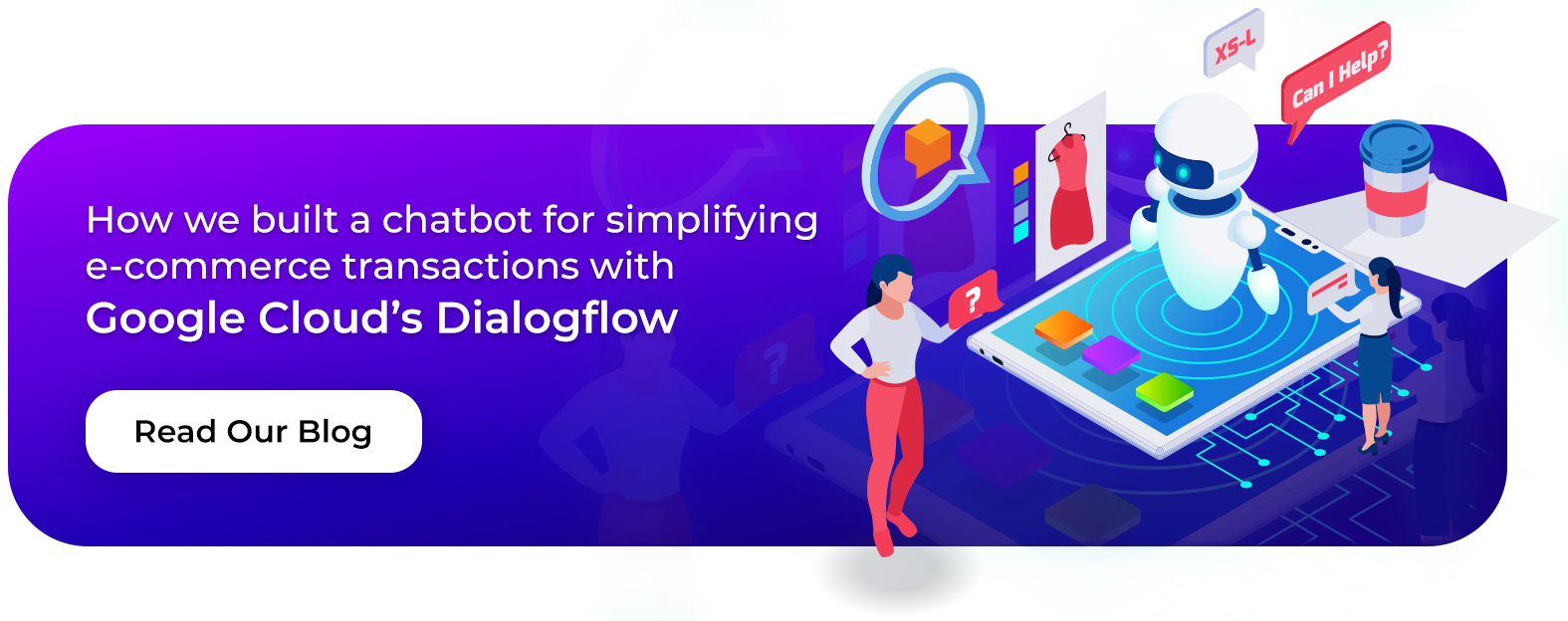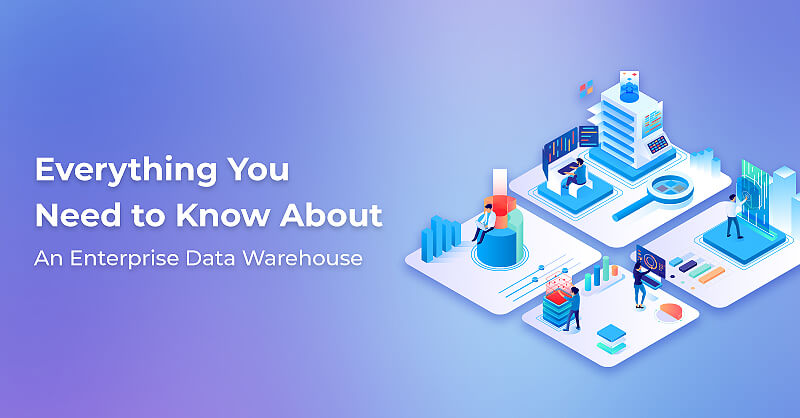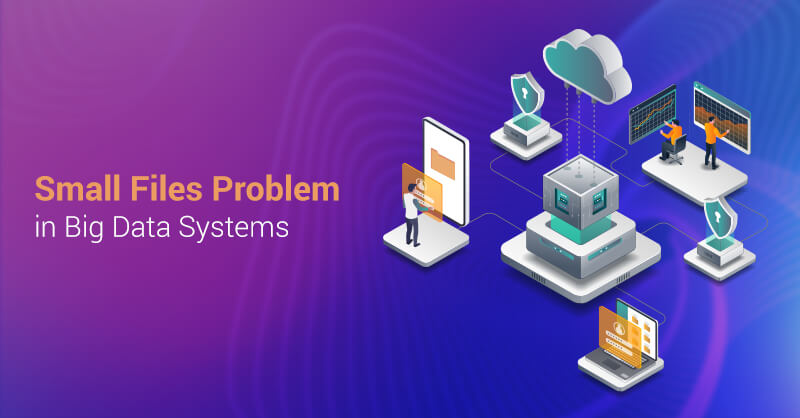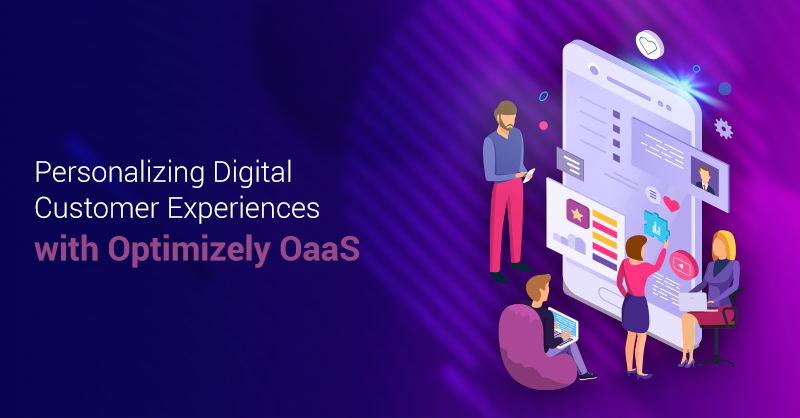How to Reduce Manual Data Entry with GCP AutoML Natural Language
Written by Priya George
Content WriterDocument analysis is one of the critical areas of digital transformation. In the wake of 2020, companies have been spurred to digitize content. While a high volume of digital documents is available, companies find it challenging to leverage this documentation due to its unstructured nature. Thus, valuable insights from documents can go undetected. However, intelligent document analysis has become possible with machine learning (ML), and natural language processing (NLP) advances. Companies can now leverage technology for data classification, data extraction, summarization, sentiment analysis, etc. With a projected value of over $12 billion by 2027, document analytics will intensify in industries that handle large quantities of documentation like healthcare, insurance, and banking.
Automated data entry is an important aspect of document analysis, as it brings in the following benefits:
Higher Accuracy and Reduced Data Entry Errors
Reduced Paper Trail Maintenance Costs
Improved Employee Productivity and Satisfaction
Reduced Dependency on Data Entry Operators
Faster Turnaround Time
Google Cloud Platform is committed to organizing the world’s information and making it universally accessible. Considering their recent solutions, they have been recognized in the 2022 Forrester report as a “Document-Oriented Text Analytics Platform” leader. This blog aims to highlight solutions like AutoML Natural Language available on Google Cloud that reduce overall data entry work.
Want to learn other instances where automation can help out?
Download our infographic on thriving in the digital age with the help of Robotic Process Automation (RPA).
Automate Data Capture and Derive Insights with Google Cloud
Google Cloud Platform announced the general availability of AutoML Natural Language in 2019. Google Cloud’s AutoML Natural Language is a crucial product for reducing data entry work with ML-based data processing capabilities. With AutoML Natural Language, enterprises can build and deploy custom machine learning models that can conduct document data entity extraction, data classification, and sentiment analysis with the help of natural language processing. AutoML Natural Language can process various textual content such as articles, PDFs, archived collections, etc.
Cloud Natural Language API also offers similar capabilities; however, with AutoML Natural Language, experts have the freedom to define their classification categories, entities, and sentiment score. This is useful for companies that wish to analyze industry-specific documents. When it comes to deploying custom AutoML Natural Language models for text classification or entity extraction, there are several essential steps to follow:
Data Preparation
To train an AutoML Natural Language model successfully, you need to supply both the inputs and the answers you want to be predicted. This is the most crucial step in creating a model capable of natural language processing, as model accuracy depends on labeling entities and the quality of data uploaded. There are several steps to consider when preparing data for text analysis models:
- When preparing the dataset, decide what use case best reflects the data collected and ensure that your dataset does not create a prejudicial model for any minority group.
- Upon creating a representative dataset, you need to collect the data from within the company’s incoming data or source it from third-party repositories & data centers.
- When training a natural language processing model, it is recommended that you create 50 examples per label, with 10 being the bare minimum examples per label, to improve predictive accuracy. And it is best to have the same distribution of examples across data labels, with the lowest number of examples for a label being at least 10% of the label with the highest number of examples.
- Improve the natural language model performance by introducing various examples. You can also include the “none_of_the_above” label for documents that don’t match the defined labels.
- Match data to the intended output. For instance, if you wish to create predictions for official documents on finance, it is advisable to draw data from official finance documentation elsewhere.
- When splitting your dataset for training, testing, and validation, AutoML Natural Language has a default ratio of 80-10-10 (80% for training and 10% each for testing and validation). One can manually split the dataset to ensure specific examples are used only in certain parts of the machine learning lifecycle.
- Import data to AutoML Natural Language from the computer or Cloud Storage in folders or CSV format. If the data is unlabelled, utilize the UI to apply labels.
Evaluation
Once the model is trained, you can directly access summary findings and click “see full evaluation” to view detailed findings. Ensuring zero error in the dataset fed to the model is key to debugging it. You can test the model performance on AutoML Natural Language by analyzing the output, score threshold, true vs. false positives & negatives matrix, precision and recall curves, and average precision.
Model Testing
As mentioned, 10% of the dataset is used to test the machine learning model. Another way to achieve this is by entering text examples within the “Predict” page and checking the labels selected for those examples. One must also test the model against cases that could adversely impact users. Furthermore, if you wish to use the AutoML Natural Language model with customized tests, the “Predict” page guides how to make calls to the model.
It is important to note that AutoML Natural Language machine learning models have a lifespan of 18 months. When running the model, you can conduct batch predictions too. AutoML Natural Language model output includes text classification, sentiment analysis in 20 languages, and entity analysis for over 100 languages. Pricing for natural language processing models depends on three activities: training, deploying, and predictions. Google Cloud offers free services for the first 1000 pages loaded, charges hourly rates for training ($3.30) and deployment ($0.05), and prediction is based on the number of text records analyzed.
Other Google Cloud products that help with natural language processing for automated text analysis include Document AI, which leverages OCR and natural language processing to parse the content of various types of documents, convert images to text, and classify text. With Document AI specialized processors, companies can process unstructured data and receive insights from various documents, including invoices, mortgage documents, contracts, and identification papers. In addition, APIs like Cloud Natural Language API and Healthcare Natural Language API enables automated document analysis with zero skills requirement- plug and play. Chatbots are an example of businesses using machine learning models to parse textual content to provide customer support and draw insights into problems customers face.
How Can Royal Cyber Help?
Concerning text-based document analytics, it is challenging for companies to determine which Google Cloud product is the right fit for their challenges. By getting in touch with experts like Royal Cyber’s Google Cloud team, we can consult on which product fits your use case and provide the support needed to implement this product within your IT infrastructure. In addition, we can provide managed services to ensure optimized costs and help build custom end-to-end machine learning models with AutoML Natural Language with the help of our Google Cloud-certified data and AI/ML experts. Our services enable your enteprise to handle vast quantities of business and consumer data to deliver actionable insights with the help of machine learning, big data and artificial intelligence.
To learn more, visit us at www.royalcyber.com or contact us for more information at [email protected].




